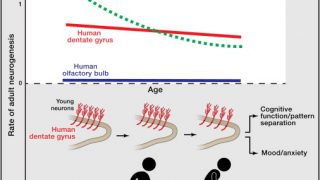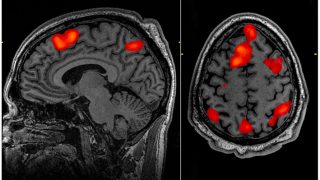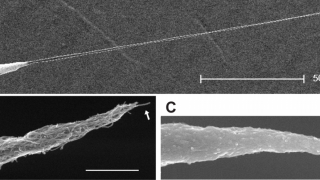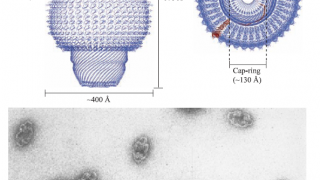
Sensory competition (1): A clash of odors
For any animal, the real world is an ever-changing environment. Continuously, even then they are just remaining in a peaceful, awake state, animals receive multiple sensory signals encoding different features of their surroundings, or even carrying information about their own internal state (orientation, body movement, or internal temperature, for example). Some of these signals might […]








